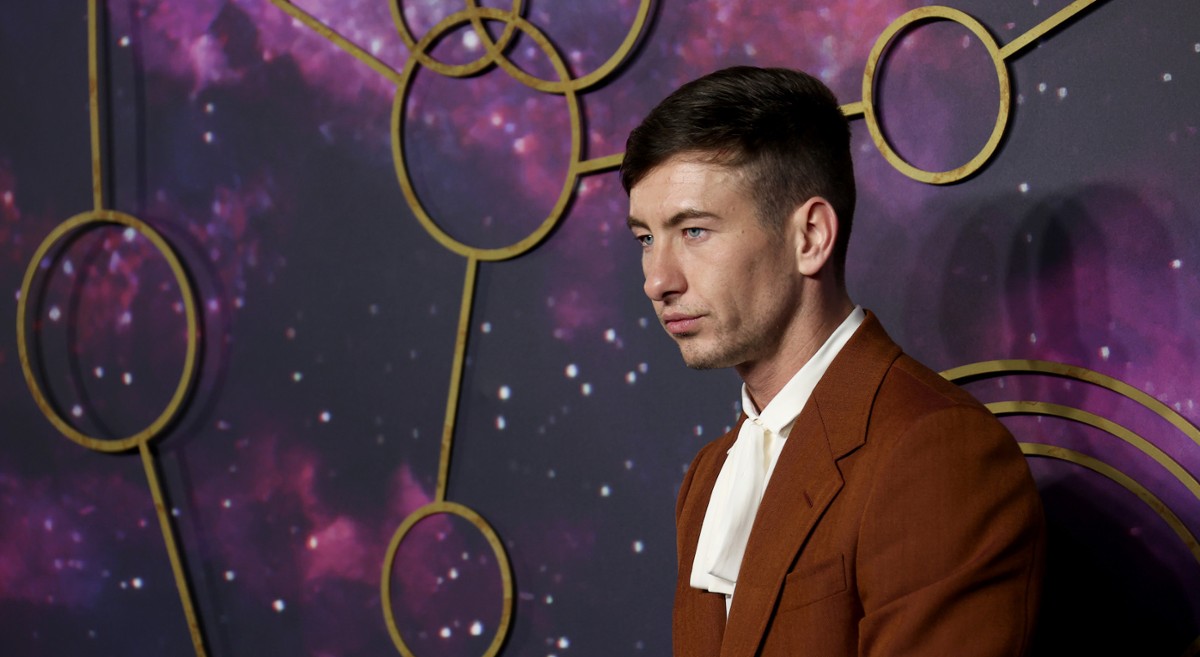Many of us wonder what will happen to Earth in 10, 15, or even 30 years. The answers to these types of questions allow you to find simulations and predictions created by experts from all over the world. One is an interactive map created by Esri and Clark Labs from Clark University. Thanks to it, you can “see” the world in 2050.

The use of modern scientific achievements and available technologies makes it possible to “predict” the future. It is, of course, about creating highly probable predictions and simulations. Their examples, for example, predictions about the possibility of formation The New Amazon Continent In about 200-300 million years, after the closure of the Pacific Ocean, which we wrote about here, or the interactive map of scientists from Esri and Clark Labs from Clark University, which depicts the world in 2050.
The map shows the world in the year 2050
For this map, experts took into account historical data regarding land cover and the rate of change over time, including satellite images taken by the European Space Agency over the years. This type of information made it possible to observe certain patterns of changes that were occurring and became the basis for making predictions about the future of our planet. As the creators themselves point out, “Understanding how our world is changing can provide insight into building a more sustainable and prosperous future.”
Interactive map for you It can be found here, shows land cover by species and its exposure to human activity. Experts focused on the regions of the planet most vulnerable to these activities as well climate crisis. Their design was possible, inter alia, due to the ground cover sensitivity model. The model takes into account a wide range of quantitative and qualitative variables, including population size, GDP data, and biogeophysical and climatic data.

The map is easy to use. You can preview the changes taking place thanks to the vertical scroll bar. By moving it to the right or left, we can see the state of the individual regions in 2018 and the predictions for 2050. The use of the map is facilitated by the magnifying glass tool. Thanks to it, you can quickly find places of interest to us and check what changes to expect in their condition. In addition, the creators have developed a special legend that explains the colors used. Its meaning is as follows:
- Pink Color – mostly agricultural land areas where arable land predominates,
- The color is yellow – (pasture, scrub or shrub) pastures, meadows, shrubs,
- Light green – predominantly deciduous forest areas with a predominance of deciduous forests,
- dark green color – (mostly needle forests / evergreens) coniferous and evergreen forests,
- Gray and white – areas (sparse vegetation) where vegetation is scarce, beige – (naked area) without vegetation,
- mint color – areas (marsh or often flooded vegetation) with swampy or often waterlogged red vegetation – (artificial surface or urban area) with artificial grass or urban areas.
The tool allows you to see the future of selected places around the world. The Polish coast is an interesting example. By comparing the year 2018 and the forecast for 2050, it can be seen that in 2018 there were more forest areas (light green and dark green) than in 2050. In contrast, in 2050 more areas appear where arable land predominates (light pink) . Whether these changes actually happen depends only on us and our actions. Experts have long worried that the lack of care and overexploitation of the environment could lead to serious challenges for all of humanity.
See also: There is a huge water reservoir under the Sahara Desert. It’s like the seven Baltic states
Karolina Modzilowska, journalist at Wirtualna Polska

Echo Richards embodies a personality that is a delightful contradiction: a humble musicaholic who never brags about her expansive knowledge of both classic and contemporary tunes. Infuriatingly modest, one would never know from a mere conversation how deeply entrenched she is in the world of music. This passion seamlessly translates into her problem-solving skills, with Echo often drawing inspiration from melodies and rhythms. A voracious reader, she dives deep into literature, using stories to influence her own hardcore writing. Her spirited advocacy for alcohol isn’t about mere indulgence, but about celebrating life’s poignant moments.









